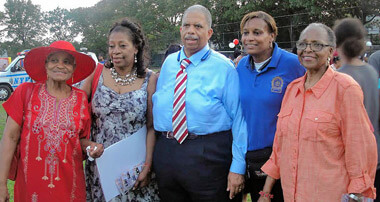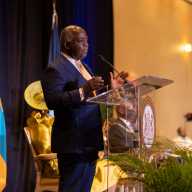This week, New York City students in grades 3 through 8, with their No. 2 Ticonderoga pencils nervously in hand, struggled through the math portion of the annual New York State tests. Once again, these scores — along with their English Language Test results from last week, will determine crucial educational outcomes in their lives.
In this elementary- and middle-school equivalent of “who will live and who will die,” these tests often decide whether a child can advance to the next grade, be held back or be required to attend summer school.
But this high-stakes testing has enormous implications for teachers and entire school communities as well. Mayor Bloomberg has repeatedly and publicly called for teachers to be evaluated based on these test scores. And his Department of Education has closed down more than 100 New York City public schools predominantly because their students did not perform well on the high-stakes tests. All this, despite the fact that high-stakes testing results have been criticized as unreliable.
Tests are an important measure of student knowledge and the success that a teacher has had in getting concepts across to his or her class. But they are by no means the only way to measure teacher performance. Report cards that cover an entire quarter’s performance and several month’s worth of teacher commentary are also good evaluators.
High-stakes tests have become problematic because they now hold such a heavy sway in determining a child’s, a teacher’s and even a school’s future. Yet they occur so infrequently as to be obviously susceptible to a bad day, a stomach-ache or getting up on the wrong side of the bed.
The New York State tests in Math and English Language Arts are given over a two-week period once a year. The New York City Specialized High School Admissions Test (SHAT), which determines which students get selected to attend one of the city’s elite public high schools, is given on one day every winter.
The SATs have taken on too big a role in deciding whether a student will attend a good college. Too much power is invested in these tests and the price that our students, educators, and school communities pay because of their outsized influence is embarrassingly high.
I favor more frequent, low-stakes testing: the Friday spelling test with papers folded in half and a list of 10 words, five on each side, that are put on the black board the previous Monday; the history pop quiz that gets handed out as the high schoolers walk into their classroom. How about the impossible math problem up on the board that takes an entire period to unravel? These are all good methods for discovering how much our students know and whether their teachers are effective.
We need to remember that tests are merely tools; tools that are best utilized by educators to get a handle on how to do their jobs better, on a day-to-day, week-by-week basis.
High-stakes tests should not shape the destiny for students, teachers or for entire school communities.
It is high time we break the yoke of high-stakes testing and broaden the conversation on public education in our city.
John C. Liu is New York City Comptroller















